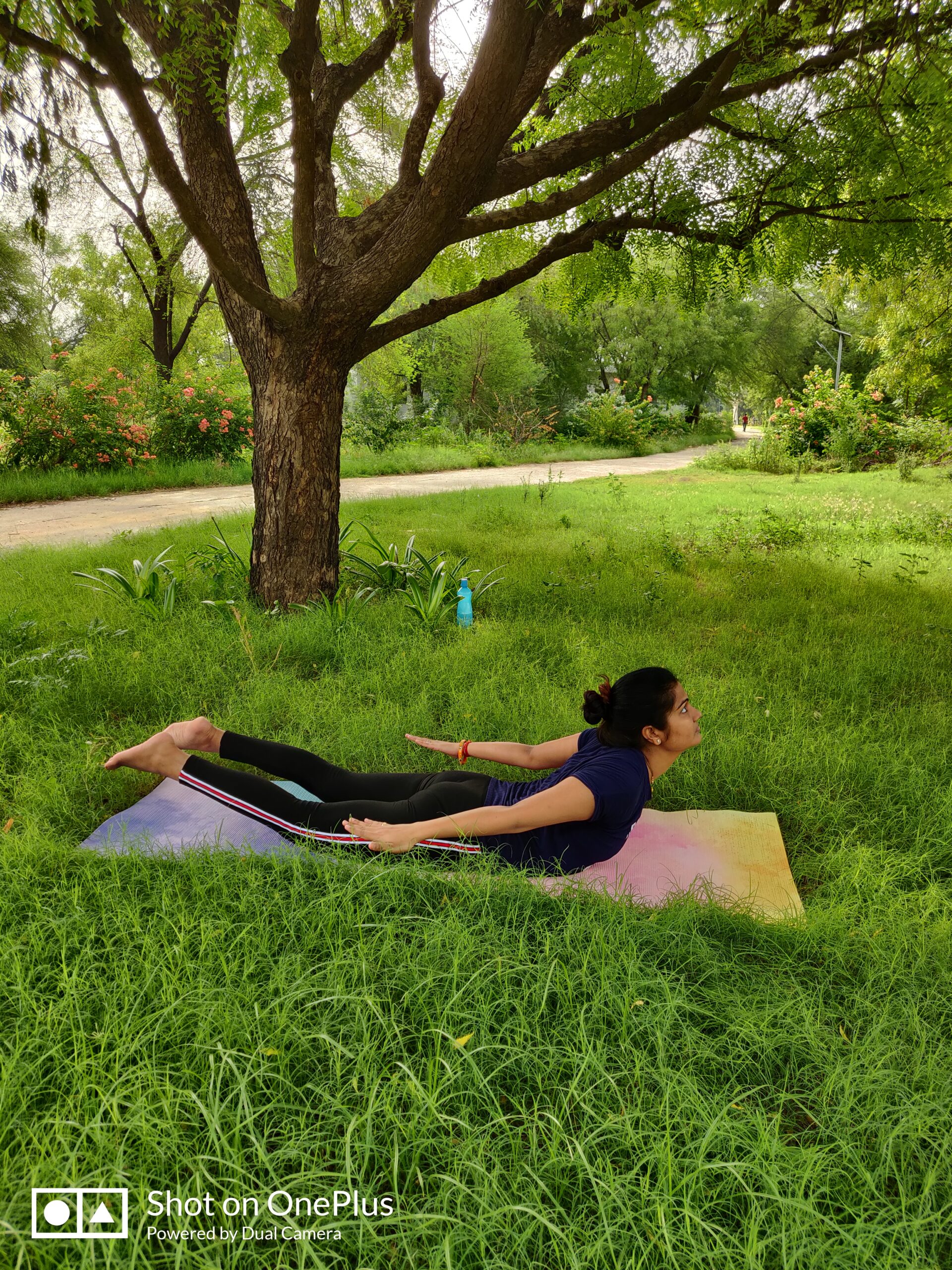Introduction
In a world where conventional medicine often takes center stage, holistic approaches to disease management have gained prominence. Acupressure and acupuncture therapy are ancient practices rooted in Traditional Chinese Medicine (TCM) that have been increasingly recognized for their effectiveness in managing various health conditions. This article delves into the world of acupressure and acupuncture therapy, exploring their history, principles, and unique methods for disease management.

Table of Contents
1. Understanding Acupressure and Acupuncture
– 1.1 Origins and History
– 1.2 Principles of Meridian Theory
– 1.3 How Do Acupressure and Acupuncture Work?
2. The Science Behind Acupressure and Acupuncture
– 2.1 The Role of Energy (Qi)
– 2.2 The Meridian System
– 2.3 Western Perspectives on Acupuncture
– 2.4 Evidence-Based Practice
3. Conditions Managed through Acupressure and Acupuncture
– 3.1 Pain Management
– 3.2 Stress and Anxiety
– 3.3 Digestive Disorders
– 3.4 Sleep Disorders
– 3.5 Respiratory Conditions
– 3.6 Chronic Diseases
– 3.7 Fertility and Reproductive Health
– 3.8 Neurological Conditions
4. Integrating Acupressure and Acupuncture into Disease Management
– 4.1 Individualized Treatment Plans
– 4.2 Complementary and Alternative Medicine
– 4.3 Collaborative Care
5. Techniques and Practices
– 5.1 Acupoints and Meridian Stimulation
– 5.2 Needle vs. Non-Needle Techniques
– 5.3 Cupping Therapy
– 5.4 Moxibustion
6. The Holistic Approach
– 6.1 Mind-Body Connection
– 6.2 Emotional Well-being
– 6.3 Diet and Nutrition
7. Self-Care and At-Home Techniques
– 7.1 Acupressure for Everyday Health
– 7.2 Acupuncture Pressure Mats
– 7.3 Mindfulness and Stress Reduction
Causes of Diseases Managed through Acupressure and Acupuncture Therapy
Acupressure and acupuncture therapy are holistic healing methods with a wide range of applications. They can be utilized to manage various health conditions. The causes of these diseases vary, and acupressure and acupuncture aim to address the root causes and promote the body’s natural healing abilities. Some common causes include:
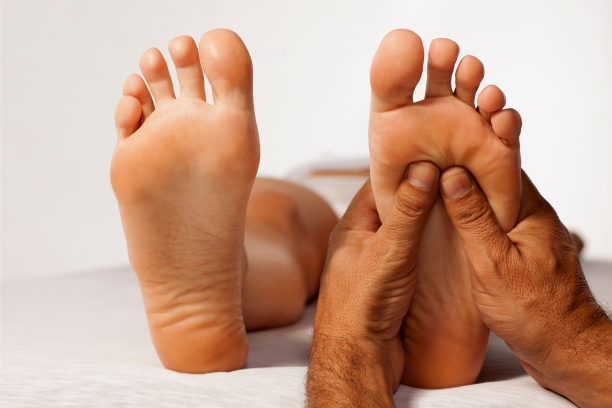
- Pain Conditions:
- Chronic pain: Often caused by conditions like arthritis, injury, or muscle tension.
- Headaches and migraines: Triggered by various factors, including stress, tension, and environmental factors.
- Stress and Anxiety:
- Everyday stressors: Work pressure, relationship issues, or financial stress.
- Anxiety disorders: Generalized anxiety, panic disorders, and social anxiety.
- Digestive Disorders:
- Irritable Bowel Syndrome (IBS): Triggered by stress, diet, or food intolerances.
- Gastroesophageal Reflux Disease (GERD): Resulting from the malfunctioning of the lower esophageal sphincter.
- Sleep Disorders:
- Insomnia: Often related to stress, anxiety, or irregular sleep patterns.
- Sleep apnea: Caused by the obstruction of the airway during sleep.
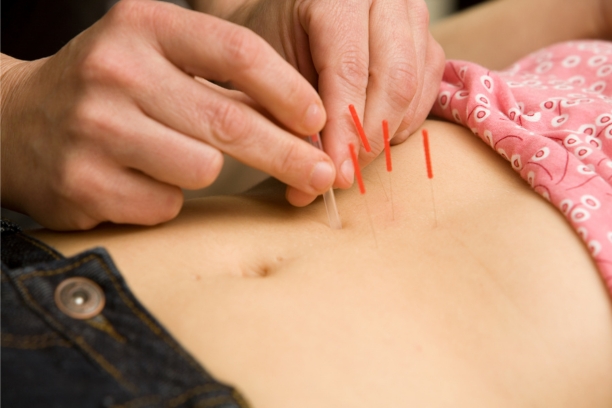
- Respiratory Conditions:
- Asthma: A combination of genetic and environmental factors.
- Allergies: Triggered by allergens such as pollen, pet dander, or dust mites.
- Chronic Diseases:
- Diabetes: Influenced by genetic factors, diet, and lifestyle.
- Hypertension: Caused by a variety of factors, including genetics and diet.
- Fertility and Reproductive Health:
- Infertility: May be due to hormonal imbalances, structural issues, or underlying health conditions.
- Menstrual disorders: Irregular or painful periods with various causes.
- Neurological Conditions:
- Neurological disorders like Parkinson’s disease, multiple sclerosis, and neuropathy have complex, multifactorial causes.
Read More: Naturopathic Diet and it’s Types with Health Benefits
Symptoms of Diseases Managed through Acupressure and Acupuncture Therapy
The symptoms of diseases managed through acupressure and acupuncture therapy can vary widely depending on the condition. However, there are common symptoms often addressed through these therapies:

- Pain Conditions:
- Symptoms: Persistent pain, inflammation, stiffness, and reduced mobility.
- Specific pain locations: Joint pain, back pain, neck pain, or headaches.
- Stress and Anxiety:
- Symptoms: Restlessness, racing thoughts, excessive worry, muscle tension, and irritability.
- Physical symptoms: Increased heart rate, sweating, and gastrointestinal disturbances.
- Digestive Disorders:
- Symptoms: Abdominal pain, bloating, diarrhea, constipation, and acid reflux.
- Sleep Disorders:
- Symptoms: Difficulty falling asleep, staying asleep, or experiencing restful sleep.

- Respiratory Conditions:
- Symptoms: Shortness of breath, coughing, wheezing, chest tightness, and congestion.
- Chronic Diseases:
- Symptoms: Vary widely depending on the condition but may include fatigue, increased thirst, and frequent urination (in diabetes) or headaches and dizziness (in hypertension).
- Fertility and Reproductive Health:
- Symptoms: Irregular or absent menstrual cycles, pelvic pain, and difficulty conceiving.
- Neurological Conditions:
- Symptoms: Tremors, muscle weakness, coordination difficulties, and cognitive impairments specific to the condition.
Acupressure and Acupuncture Therapy

- Historical Origins: This section explores the historical development and origins of acupuncture and acupressure as ancient therapeutic practices.
- Philosophical Foundations: It delves into the philosophical and holistic principles that form the basis of these therapies, such as the concepts of qi, yin-yang balance, and the interconnectedness of the body, mind, and spirit.
- Qi and Meridian Theories: This section introduces the fundamental ideas of qi (vital energy) and meridians (energy pathways) that are central to acupuncture and acupressure.
Principles and Techniques
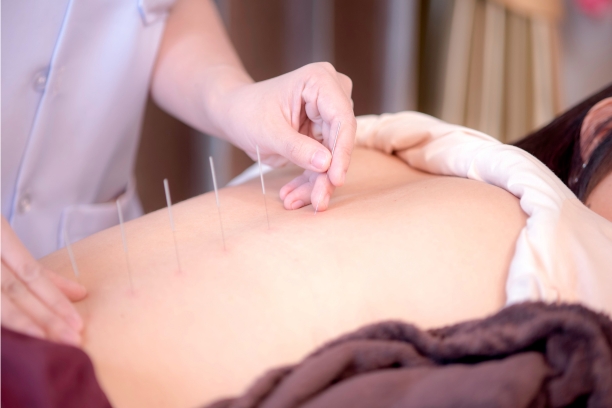
- Acupuncture Needles: Types and Functions: It discusses the different types of acupuncture needles and their functions in therapy.
- Meridian Points and Their Corresponding Organs: This part explains the specific meridian points on the body and their connection to various organs.
- The Flow of Qi: It explores the concept of the flow of qi and how disruptions can lead to health issues.
- Yin and Yang in Diagnosis: This section examines how the balance of yin and yang in the body is used for diagnostic purposes in acupuncture and acupressure.
The Science Behind Acupressure and Acupuncture Therapy

- Neurophysiological Mechanisms: It delves into the neurophysiological aspects of these therapies, explaining how they affect the nervous system.
- Pain Modulation: This part discusses how acupuncture and acupressure can modulate pain perception.
- Immune System Effects: It explores the effects of these therapies on the immune system.
- Hormonal Regulation: This section examines how acupuncture and acupressure can influence hormonal balance.
Conditions Managed by Acupuncture and Acupressure
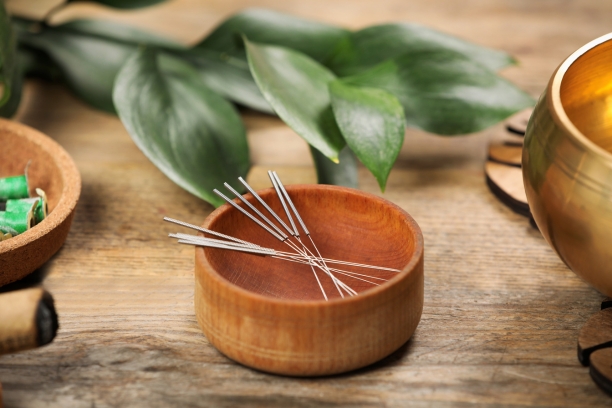
- Chronic Pain Management: It explains the application of acupuncture and acupressure in managing chronic pain.
- Anxiety and Stress Reduction: This section discusses how these therapies can help alleviate anxiety and stress.
- Insomnia and Sleep Disorders: It explores their use in managing sleep-related conditions.
- Gastrointestinal Disorders: This part discusses their application in treating digestive issues.
- Respiratory Issues: It examines the use of these therapies for respiratory conditions.
- Musculoskeletal Conditions: This section focuses on the management of musculoskeletal issues.
- Reproductive Health: It explores their role in reproductive health and fertility.
- Dermatological Problems: This part discusses their application in dermatological conditions.
- Mental Health Disorders: It examines their use in managing mental health disorders.
- Cardiovascular Health: This section looks at their role in maintaining cardiovascular health.
Disease Management Protocols

- Individualized Treatment Plans: It explains how practitioners create personalized treatment plans for patients.
- Frequency and Duration: This part discusses the frequency and duration of acupuncture and acupressure sessions.
- Acupuncture vs. Acupressure: It compares the use of needles in acupuncture to the finger pressure in acupressure.
- Integrative Approaches: This section explores how these therapies can be integrated with conventional medicine.




